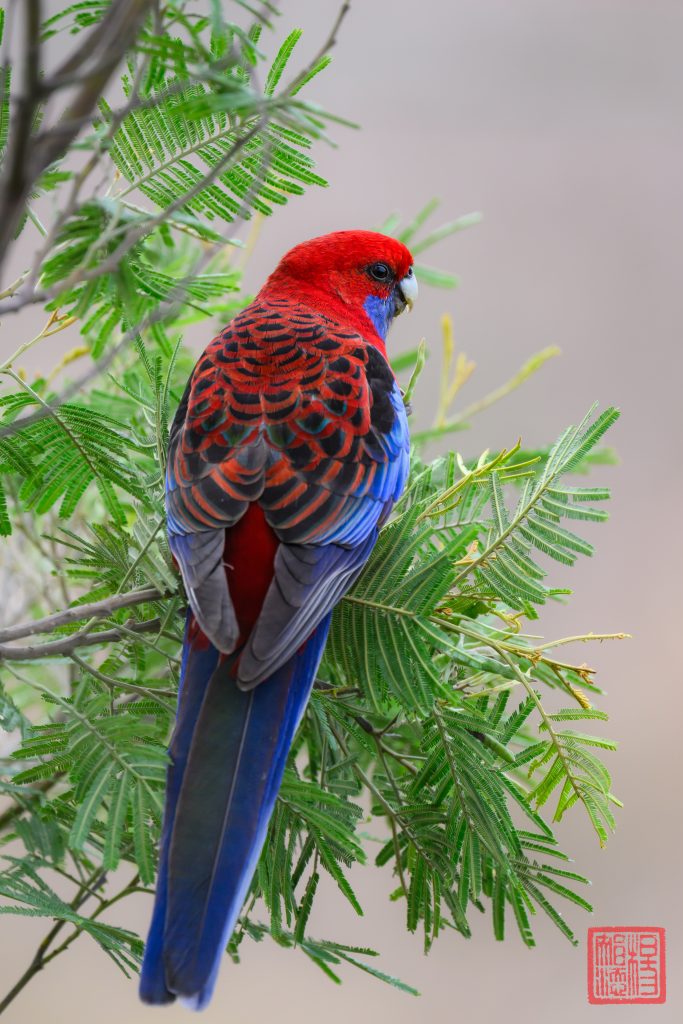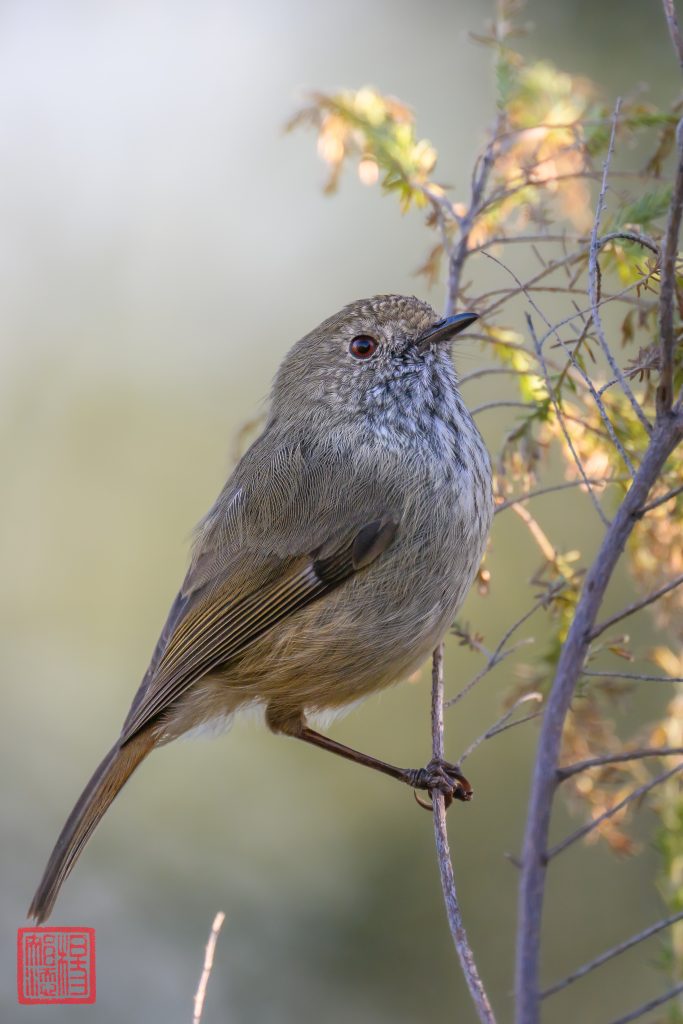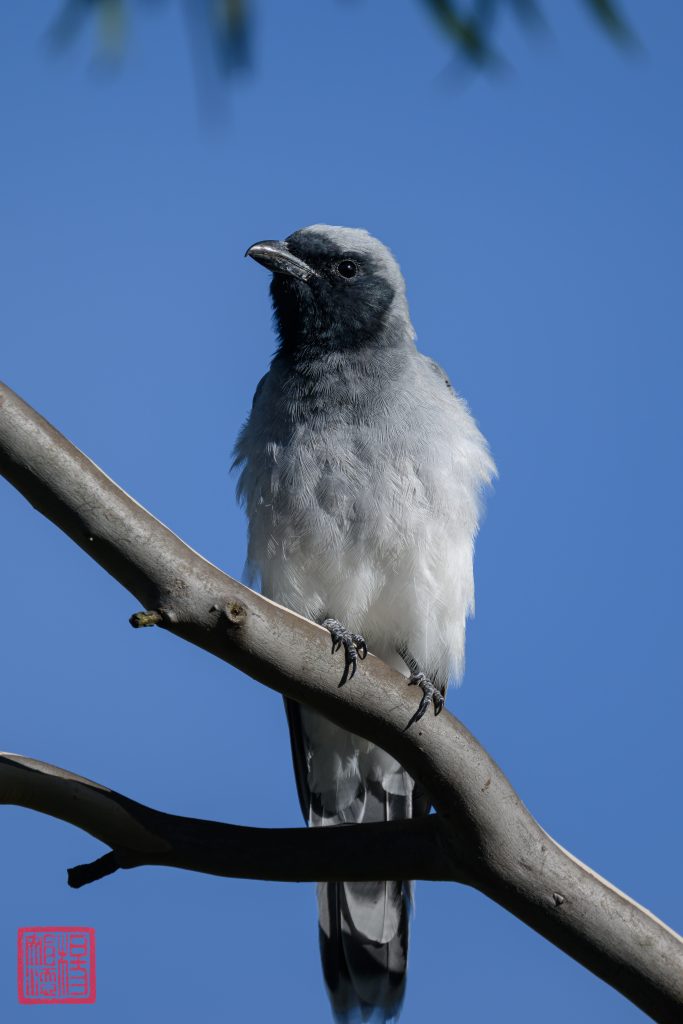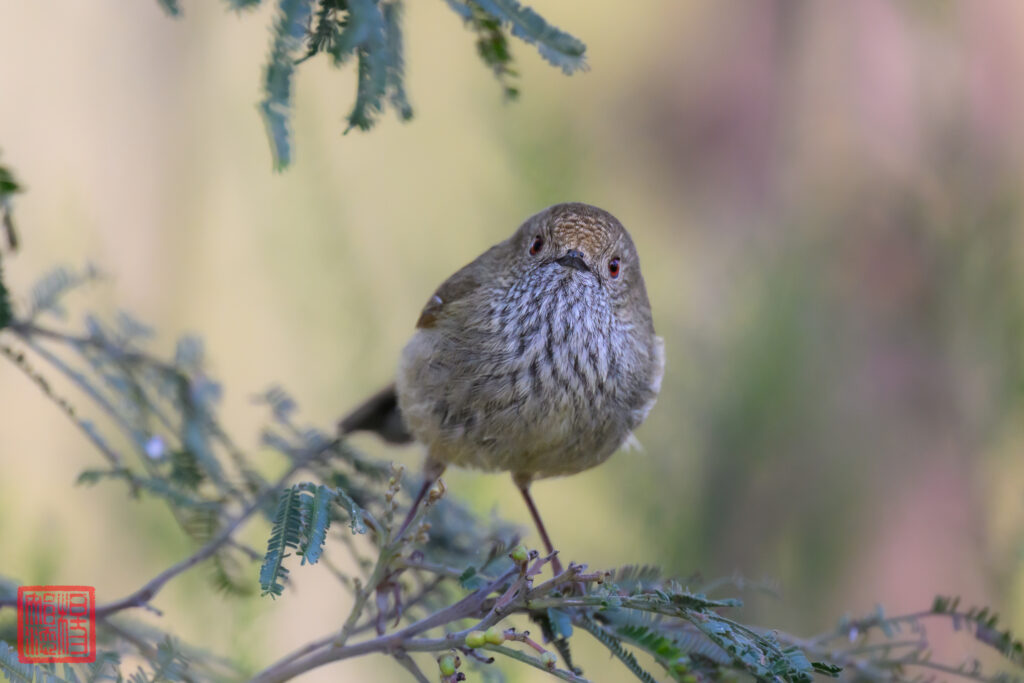Female Golden Whistlers are frequently spotted around Trin. From time to time, male Golden Whistlers do present itself.
On 19 May 2025, I was fortunate enough to have a male Golden Whistler follow me as I traversed the Western Remnant. I have been photographing these birds when I have the chance but I have that had a photograph of a male bird that I was happy with until that moment.
This particular bird seems very curious about me. At some point, he even stopped to take a good look at me before he continued to hunt for insects. From what I can see he was a prolific and effective hunter.
He was later joined by a female Golden Whistler but she did not seem as eager to pose for me as the male bird. That is interesting because often find that the female bird has a smaller circle of fear.
The male bird followed me as I walked the length of the path at the Western Remnant as back. Previously, I had a female Golden Whistler doing just that and this time it was the first time a male bird has done the same. Moments like this is well-worth cherishing. In the past, I had the Brown Thornbill, Eastern Yellow Robin and Scarlet Robin expressing curiosity about me. These moments had allowed me to take some very interesting pictures. I hope that I will have an opportunity to pique the interest of a male Rufous Whistler some time in the future. Yes, I have yet to take a decent picture of a male Rufous.













